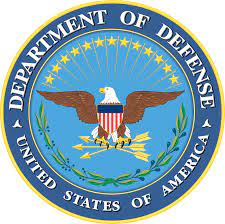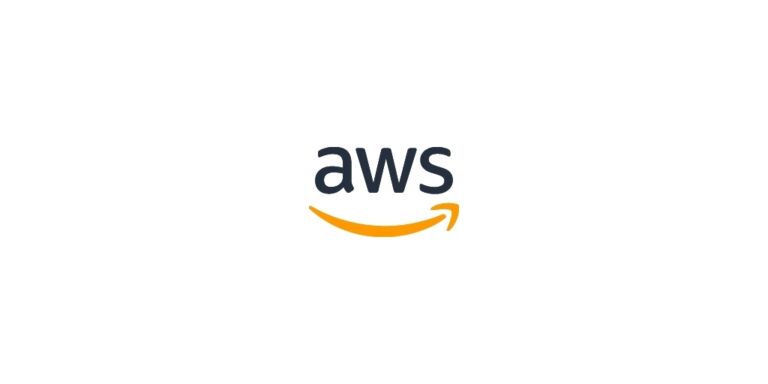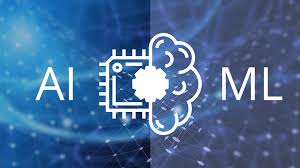After almost a year and a half working as a data scientist on a contract with the Chief Digital and Artificial Intelligence Office (CDAO), formerly the (Joint Artificial Intelligence Center), the contract has come to an end. I am going to miss working on that project, but I guess that’s life in the government contracting world! More specifically, I was working on an Artificial Intelligence/Machine Learning (AI/ML) platform called the Joint Common Foundation (JCF). The JCF was unique, since we had customers from all over the Department of Defense (DoD). The intention was to build a machine learning platform that was accessible to all agencies and Armed Forces Branches at no cost. The JCF broke through many barriers that data scientists, AI/ML engineers, and AI/ML researchers face in the DoD space – funding, compute resources, and cloud services.

When customers onboard to the JCF, they choose between an AWS, Azure, or Open-Source Workspace. Since the JCF is not a production environment (it is pre-production), the JCF is best for customers who can take their source code and migrate it over to their own production environment. Customers are able to go through the data governance process and onboard their data to the JCF while developing their projects. The JCF is able to hold data up to IL4. The US Marine Corps (USMC) built a project on the JCF that uses AI to predict when vehicles, weapons systems, and facilities will need repair. The USMC is able to predict these failures ahead of time, and order necessary supplies ahead of time for quick repair. This reduced maintenance costs and increased safety of weapons systems.
I had an exciting role on the project, because I was working on the training team, which was heavily centered around customer success and utilization of the platform. The JCF had both AWS and Azure capabilities, which is not common amongst the DoD space. Many of our customers would join the platform with cloud-native skills (think open-source Python packages). Since AWS and Azure offer their own machine learning packages, and have a user interface that was unfamiliar to our customers, we curated a lot of training materials around these services. Leaning into the different types of learning styles, we created videos, interactive trainings, quick guides, workflows, code-snippets, and best practices so there was something for everyone. I developed a training website for customers to be able to easily navigate these trainings, and be guided through an understandable learning pathway. We also organized live training sessions with Subject Matter Experts and our clients, so customers had a chance to ask questions live and watch a developer walk through different scenarios for the services.

Since our customers had a wide range of experience in AI/ML, it was challenging to create training materials that were suitable to all of our customers’ learning levels, and to get them to use the platform. When we first started the live training sessions, they were multi-day experiences and were very in-depth. We sent surveys to the customers after each training session to gather feedback, and realized that most of the attendees were beginners in AI/ML. We made our later training sessions more beginner friendly, and gave more potential use-cases to help customers see how they could use the JCF to advance their mission. After each training session, we would monitor the usage of the JCF to see if more customers were using the platform, and if any were submitting project ideas.
Curating a learning journey based on my experience in the data science field and my own educational training was fun, but my favorite part was communicating between different teams and problem solving. We were building an entire machine learning platform from scratch, and training our customers on that platform, so you can probably imagine how many moving pieces there were. There were new developments every week, and we had to keep track of them so our training materials were accurate. As the main technical lead on the training team, I would field all of the technical questions from the rest of the training team. My experience as a tutor in college really helped me here, because I am used to breaking down complex topics into simple terms. I had to make sure I stayed on top of all of the technological changes that were happening to the platform, and then relay those changes to the rest of the training team.
I really enjoyed the amount of communication that I had in my day to day, especially since a lot of data scientists and software engineers spend all of their day sitting at a computer, programming away. Even though I’m a bit introverted, I need to talk to people throughout the day! I thought this would be difficult since the job was 100% remote, but there were enough meetings and Teams messages to fulfill the need for human communication. I am glad that Nyla was able to get onto this contract, and I look forward to all of the different opportunities and work that I will do with Nyla!
- Aleigha Correia


